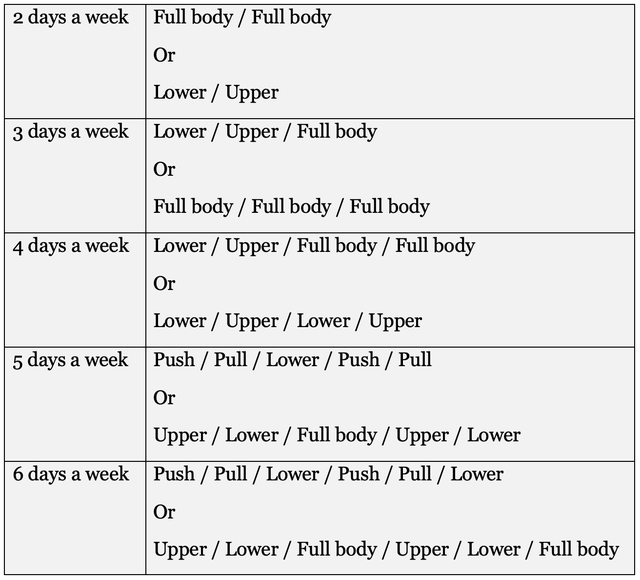
Mastering the Full Body Workout Routine: 3 Days a Week
The Importance of Consistency
Consistency is key when it comes to fitness, especially with a full body workout routine. Working out three days a week allows for consistent training that targets all major muscle groups. By sticking to a regular schedule, you can gradually increase strength, endurance, and overall fitness levels.
Efficiency in Training
A full body workout three days a week offers efficiency in training. Rather than splitting workouts into specific muscle groups on different days, you can hit all areas of the body in each session. This approach maximizes time spent in the gym and ensures a balanced approach to fitness.
Balancing Intensity and Recovery
With only three workouts per week, it’s crucial to balance intensity with adequate recovery. Pushing too hard without allowing for proper rest can lead to burnout and injury. Incorporating rest days between workouts allows muscles to recover and grow stronger, optimizing results over time.
Designing Your Full Body Workout Plan
When designing a full body workout routine for three days a week, it’s important to include a variety of exercises that target different muscle groups. Begin with compound movements such as squats, deadlifts, and bench presses, which engage multiple muscles simultaneously. Supplement these with isolation exercises to target specific areas of the body.
Structuring Your Workouts
Divide your workouts into upper body, lower body, and core exercises to ensure comprehensive training. Aim for 8-10 exercises per session, focusing on 2-3 sets of each with 8-12 repetitions. Incorporate a mix of strength training, cardiovascular exercise, and flexibility work to achieve well-rounded fitness development.
Maximizing Efficiency with Supersets
Supersets, or pairing two exercises back-to-back with minimal rest, can increase workout efficiency and calorie burn. Try pairing opposing muscle groups, such as chest and back or biceps and triceps, to keep the intensity high while allowing for shorter rest periods.
Prioritizing Compound Movements
Compound movements should form the foundation of your full body workout routine. These exercises recruit multiple muscle groups and promote functional strength and stability. Focus on perfecting form and technique to maximize effectiveness and minimize the risk of injury.
Adjusting Volume and Intensity
As you progress in your full body workout routine, you may need to adjust volume and intensity to continue seeing results. Increase weight gradually as you become stronger, aiming to progressively overload muscles over time. Incorporate techniques such as drop sets, pyramid sets, or tempo variations to keep workouts challenging and avoid plateaus.
Staying Flexible and Adaptable
Flexibility and adaptability are key components of a successful full body workout routine. Listen to your body and adjust workouts as needed based on energy levels, soreness, and recovery. Don’t be afraid to modify exercises or switch up your routine to keep things interesting and prevent boredom.
Tracking Progress and Celebrating Milestones
Tracking progress is essential for staying motivated and measuring success. Keep a workout journal or use a fitness app to record exercises, sets, reps, and weights lifted. Take regular measurements of body composition, strength, and endurance to monitor progress over time. Celebrate milestones and achievements along the way to stay motivated and inspired on your fitness journey. Read more about full body workout for 3 days a week




